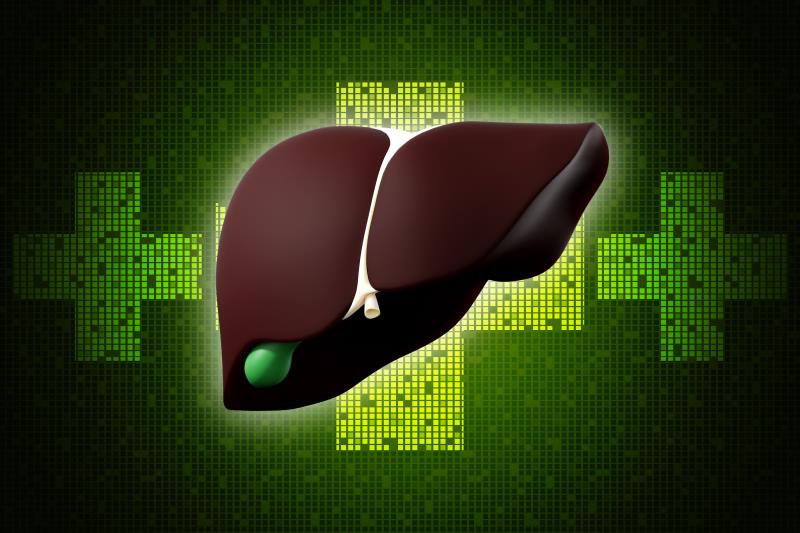Updated IMbrave150 analysis boosts safety profile of atezolizumab-bevacizumab for HCC





Safety data from the phase III IMbrave150 trial reinforce the previously reported favourable safety profile of atezolizumab-bevacizumab compared with sorafenib for unresectable hepatocellular carcinoma (HCC).
The atezolizumab-bevacizumab regimen has recently gained the US FDA nod for this patient subgroup following the favourable results initially presented. [ESMO Asia 2019, abstract LBA3; ASCO GI 2020, abstract 476]
“Combined with [the] previous efficacy results, [our current] data suggest that atezolizumab-bevacizumab should be considered the new standard of care in patients with unresectable HCC who have not received previous systemic therapy,” said Professor Michel Ducreux from the Gustave Roussy Cancer Center in Villejuif, France, who presented the findings at ESMO GI 2020.
Of the initial study enrolees (n=501), 485 were included in the safety analysis. Atezolizumab 1,200 mg IV Q3W + bevacizumab 15 mg/kg IV Q3W (combo regimen), or sorafenib 400 mg BID, were given at a 2:1 ratio, until loss of clinical benefit or unacceptable toxicity. [DILC 2020, abstract LBO10]
In terms of all-cause adverse events (AEs), the main toxicities observed with the combo regimen were hypertension, proteinuria, diarrhoea, and pyrexia. As per Ducreux, these were consistent with the regimen’s global safety profile, and “were fairly manageable. Other than hypertension, most high-grade AEs were infrequent.” Use of sorafenib, on the other hand, led to higher incidences of diarrhoea and palmar-plantar erythrodysesthesia (PPE), which have been the main safety issues associated with sorafenib.
Regarding serious bleeding events (all grade), the combo regimen vs sorafenib was associated with higher rates of gastrointestinal (2.4 percent vs 1.9 percent) and oesophageal varices haemorrhage (2.4 percent vs 0.6 percent). Nonetheless, these increases were “little”, noted Ducreux. Also, the GI bleeding rate with the combo regimen was lower than the previously reported 7 percent. [N Engl J Med 2020;382:1894-1905]
Moreover, other bleeding events (ie, epistaxis, haematuria, gingival bleeding) “were not severe and were very easy to manage”, noted Ducreux. “[As such,] there is no problem concerning the risk of bleeding [with the combo regimen].”
The fraction of participants who discontinued the combo regimen was lower than those on sorafenib (7 percent vs 10.3 percent). “[This] means that it is possible to continue this combination treatment for a longer period of time, sometimes with only atezolizumab or bevacizumab,” Ducreux pointed out.
More patients on the combo regimen vs sorafenib had AEs of special interest requiring corticosteroids (12.2 percent vs 3.2 percent [any grade] and 8.5 percent vs 2.6 percent [grade 3/4]). Moreover, four combo regimen recipients required immunosuppressive treatments other than corticosteroids.
Taken together, the increased toxicity with the combo regimen vs sorafenib may be attributed to the longer duration of treatment with the former vs the latter (median, 7.4 [atezolizumab] and 6.9 months [bevacizumab] vs 2.8 months [sorafenib]). Despite the longer treatment exposure, the combo regimen was generally well-tolerated, and the toxicities were manageable, noted Ducreux.
“Based on the strong efficacy results and the patient-reported outcomes from IMbrave150, as well as [this] in-depth safety evaluation, atezolizumab-bevacizumab should be considered a practice-changing treatment for patients with unresectable HCC who have not received prior systemic treatment,” concluded Ducreux.